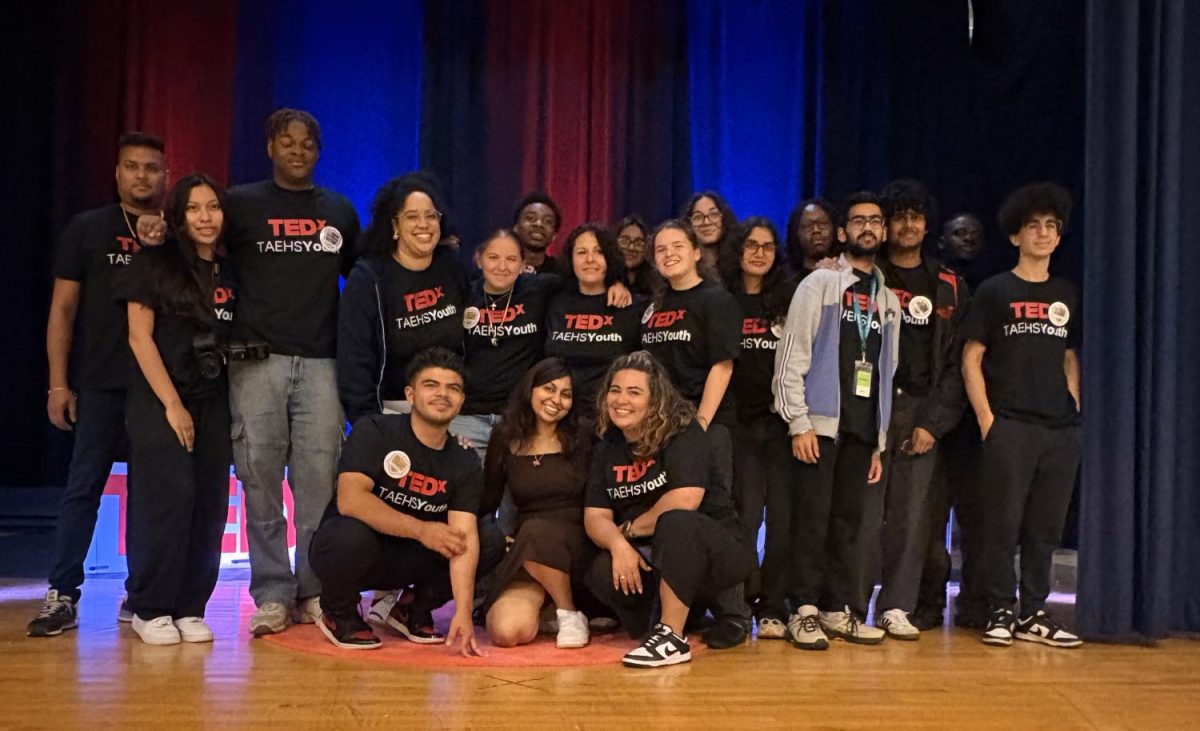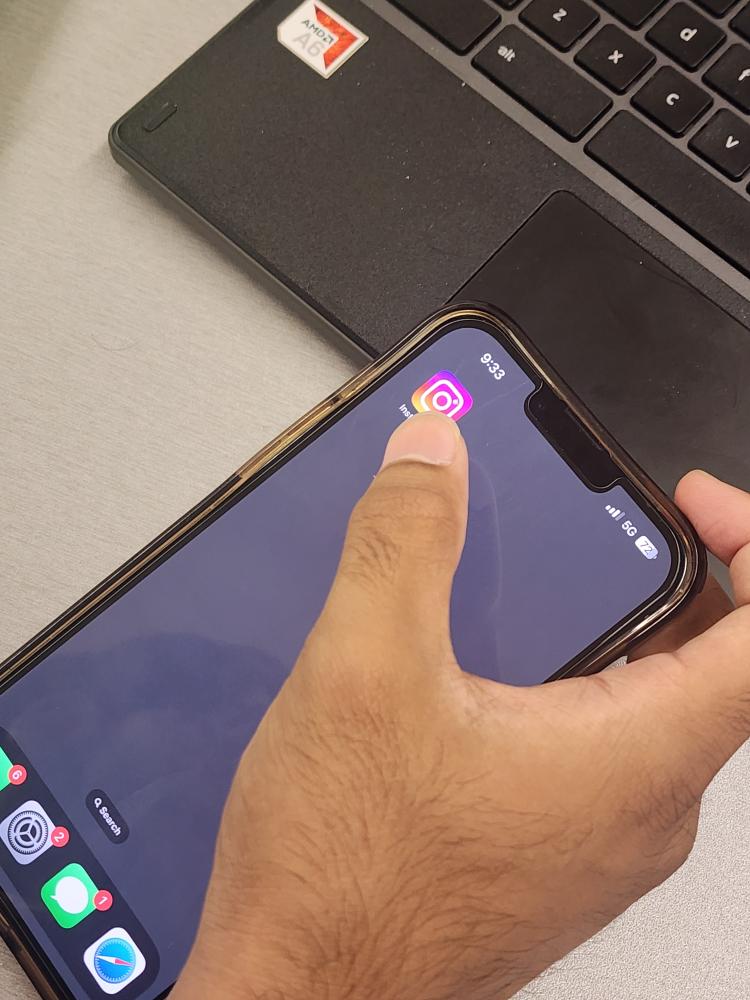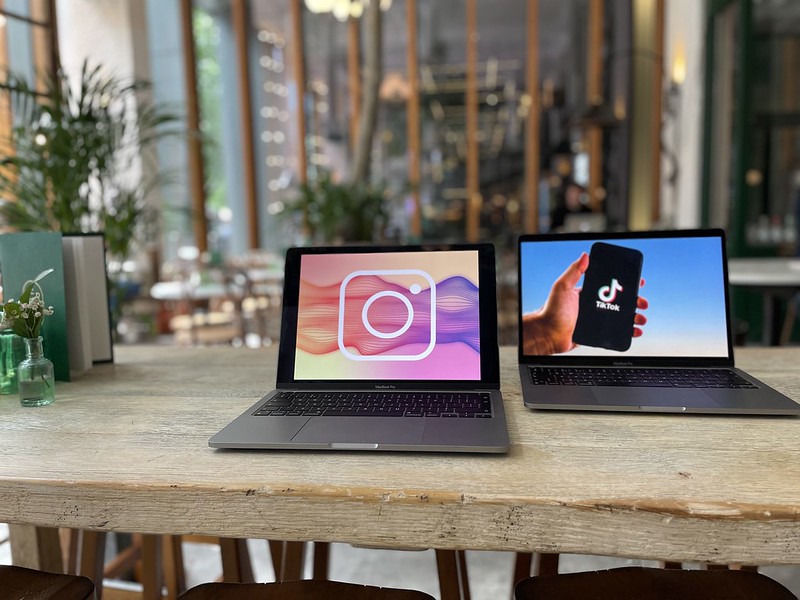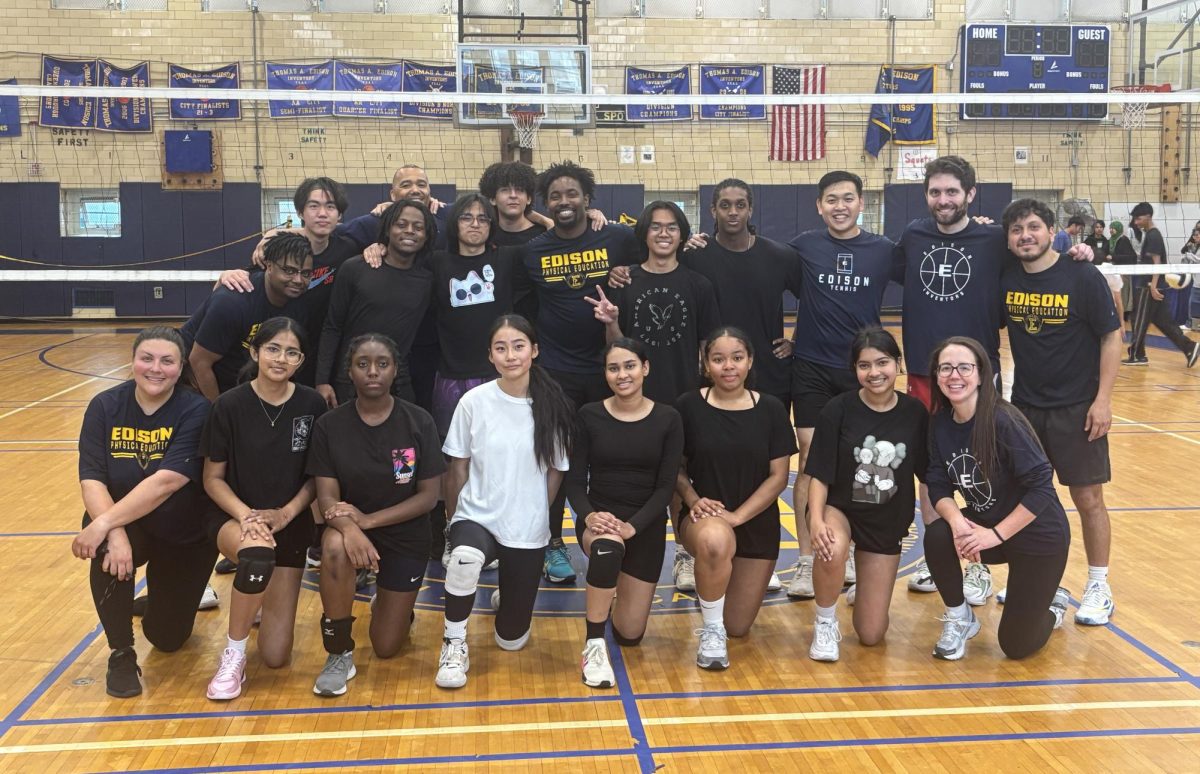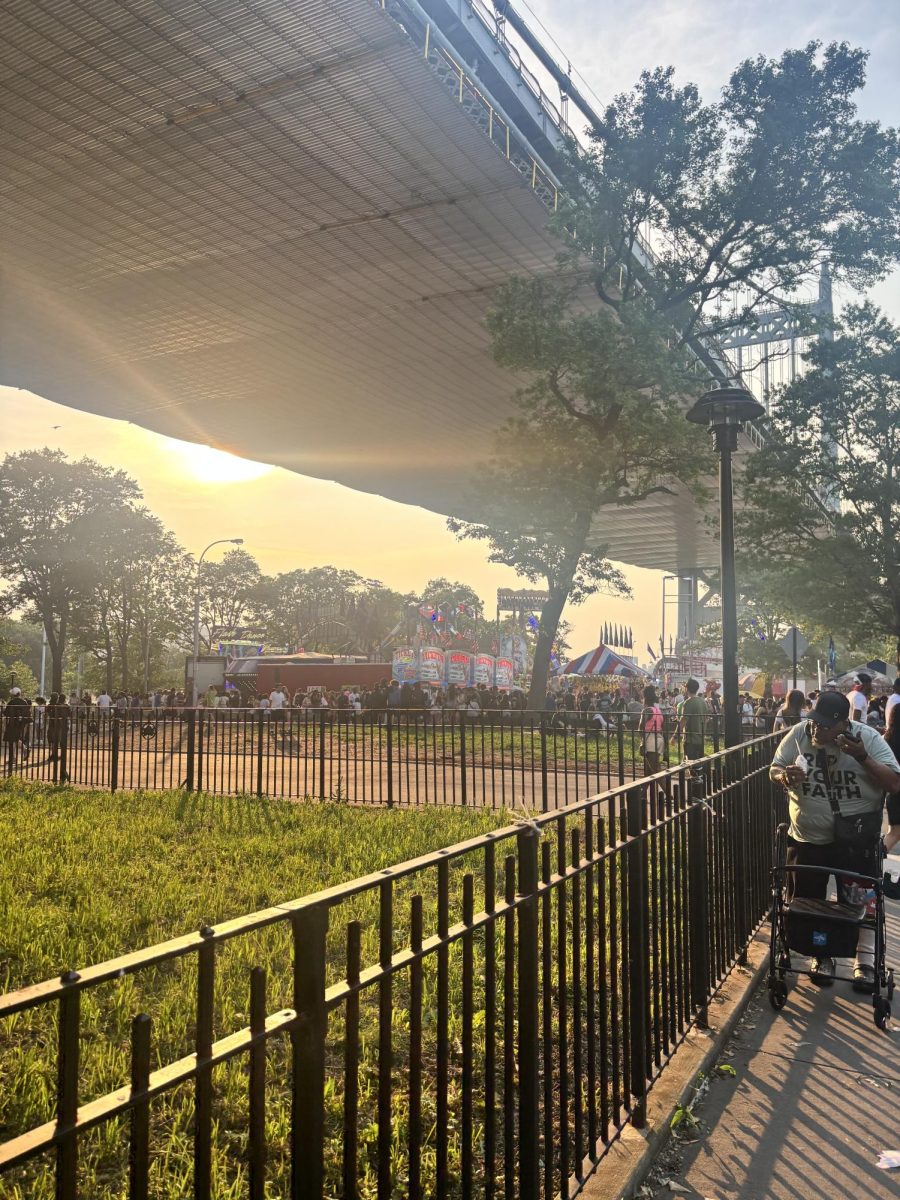
The O.J. Simpson trial of 1995 was a spectacle that defined an era of sensationalized news coverage and blurred the lines between entertainment, journalism and justice. From the infamous white Ford Bronco chase to the riveting courtroom drama that ensued, the trial captivated the nation’s attention and redefined the intersection of news and entertainment.
Simpson’s rise came as American culture was shifted following the intense peak of the civil rights era. His athletic prowess and charisma propelled him to superstardom, first as a Heisman Trophy-winning running back at the University of Southern California, then as a standout player for the Buffalo Bills.
Simpson’s achievements on the football field made him a household name, but it was his ventures into Hollywood films and commercial endorsements from major brands like RC Cola, Chevrolet, and Hertz rental cars, making him one of the first African American athletes to achieve such mass-market appeal.
Shemar Woods, a Sports Journalism professor at Arizona State University, emphasizes Simpson’s embodiment of the American dream and his influence which served as a source of inspiration and pride for the Black community.
“He was a real celebrity. We talk about influencers in this day and age, but you might say he was one of the original influencers…Add in the fact that he was Black, in the late 1960s — seeing a Black face in these prominent positions, certainly the Black community looked up to him and revered him as a figure that people wanted to watch. You just didn’t see that many Black people in these positions,” Woods said.
Despite being a prominent Black figure in sports and entertainment, Simpson often distanced himself from issues of racial injustice and crafted a persona that appealed to a broader, predominantly white audience. Simpson understood that by presenting himself as a non-threatening, race-neutral figure, he could secure greater economic rewards in an inherently unequal society by navigating the predominantly white spaces of Hollywood and corporate endorsements as a palatable figure for mainstream consumption. In an interview with NPR, Dave Zirin, a sports editor at The Nation, highlighted how Simpson used his post-racial image in the advancement of his career.
“O.J. consciously positioned himself commercially as somebody who would be different from civil rights figures at the intersection of sports and Black politics, people like Jim Brown…He was not going to be somebody who raised a fist on the medal stand at any ceremony. He was going to be O.J. Simpson. Like he liked to say to reporters very famously: ‘I’m not Black. I’m O.J.’ And positioning himself commercially that way meant that there was a great distance between O.J. Simpson and the Black community. But as was said quite often in 1995, when O.J. was arrested and put on trial, that was when he and a lot of other people discovered that he was, in fact, a Black man in the United States,” Zirin said.
Simpson was accused of brutally murdering his ex-wife, Nicole Brown Simpson, and her friend, Ron Goldman, in 1994. The trial garnered intense media scrutiny and became a focal point of national attention. Media coverage delved into every aspect of the case, from Simpson’s tumultuous relationship with Nicole to the forensic evidence presented in court, intensifying public interest and speculation.
The infamous car chase, where Simpson was pursued by police in a white Ford Bronco on live television, became a symbol of the sensationalized nature of the trial, captivating audiences and solidifying the case as one of the most widely covered and talked-about events in modern American history. Laurie Levenson, a Loyola Law School professor who was an analyst for CBS during the trial, emphasized that the Bronco chase and subsequent trial transcended mere legal proceedings to become a defining moment in cultural history.
“He really does define the combination of modern pop culture with the modern justice system. He was the origin of reality TV. You followed the Bronco. You followed the trial. You followed everything after. It’s like the Bronco chase continues,” Levinson said.
The trial marked a pivotal moment in the integration of live TV cameras into courtrooms, turning a traditionally private process of justice into a widely televised cultural and entertainment event, earning its enduring title as the Trial of the Century.
Judge Lance Ito’s ruling continues to provoke debate, with many judges condemning the chaotic “circus” atmosphere fostered by the trial as they deliberate on whether to permit public viewing of similar proceedings. The trial’s narrative was the stark divide in public opinion along racial lines, with many African Americans rallying behind Simpson while white America largely viewed him as guilty. This racial polarization was amplified by the media’s relentless coverage, highlighted the deep-seated divisions within American society and ignited debates about race, privilege, and the pursuit of justice.
In an interview with PBS’s “Frontline” , Charles Ogletree Jr, a Harvard Law School professor articulated that many in the African American community see Simpson’s as a reflection of the pervasive bias and unfair treatment they themselves encounter by the systemic injustices within the criminal justice system.
“The African American community has accepted him not as an athlete or a hero, but as someone in the criminal justice system who, like them, would have been railroaded, they would say, if he had not had a Johnnie Cochran there to rescue him,” Ogletree said.
Despite compelling evidence against Simpson, including DNA proof and a documented history of domestic violence, he was acquitted in a highly controversial verdict. The trial became a focal point for racial tensions, with many in the black community perceiving Simpson as a victim of unjust targeting by law enforcement, especially in light of Detective Mark Fuhrman’s pervasive use of racial slurs and other past injustices by the police department.
In an interview with NBC, Jasmyne Cannick, a journalist and cultural critic, highlights how the case represented more than just the crime; it underscored deep-seated issues of systemic bias and distrust that African Americans have for the justice system.
“He symbolized the Black man and the criminal justice system at the time. Him beating the case, at the time, was everybody beating the case. We finally won one,” Cannick said.
The O.J. The Simpson trial radically transformed media culture, blurring the lines between news and entertainment. Its sensationalized coverage marked a turning point in how the public consumed information, a trend that has only intensified with the rise of digital platforms. Today, the legacy of the trial lives on through the rapid-fire opinions of podcasters and TikTok creators that offers quick takes and opinions on high-profile cases.

